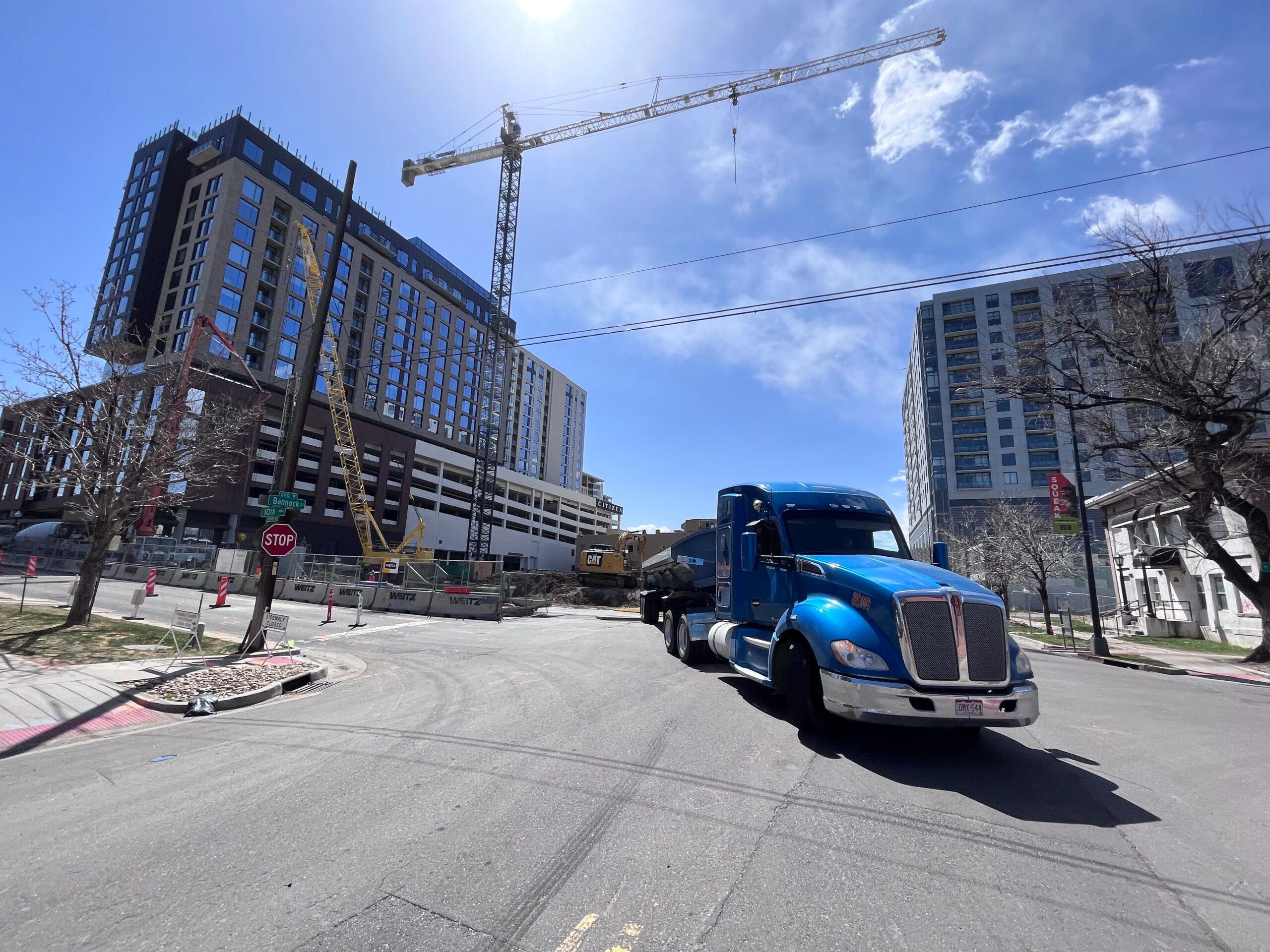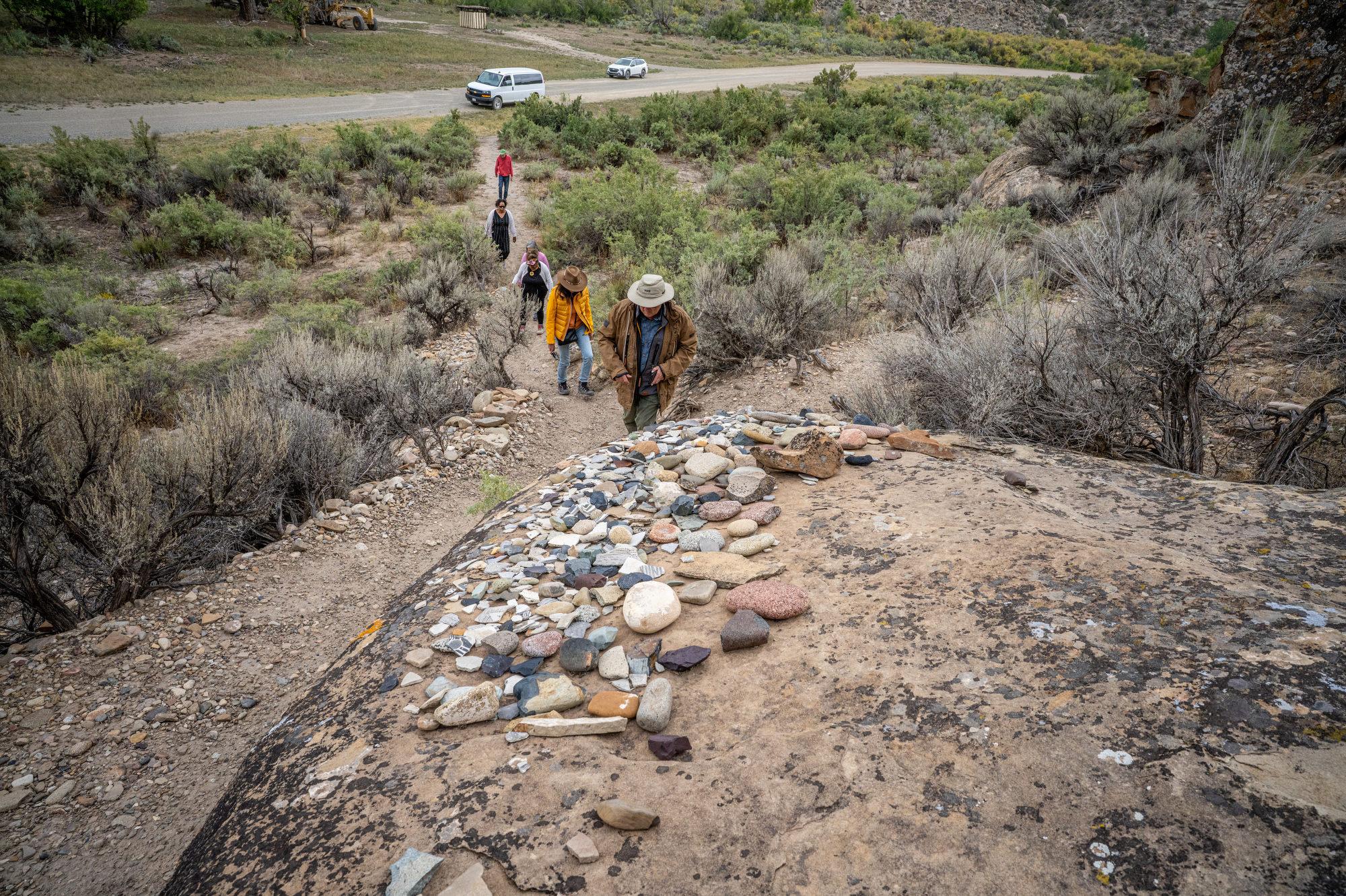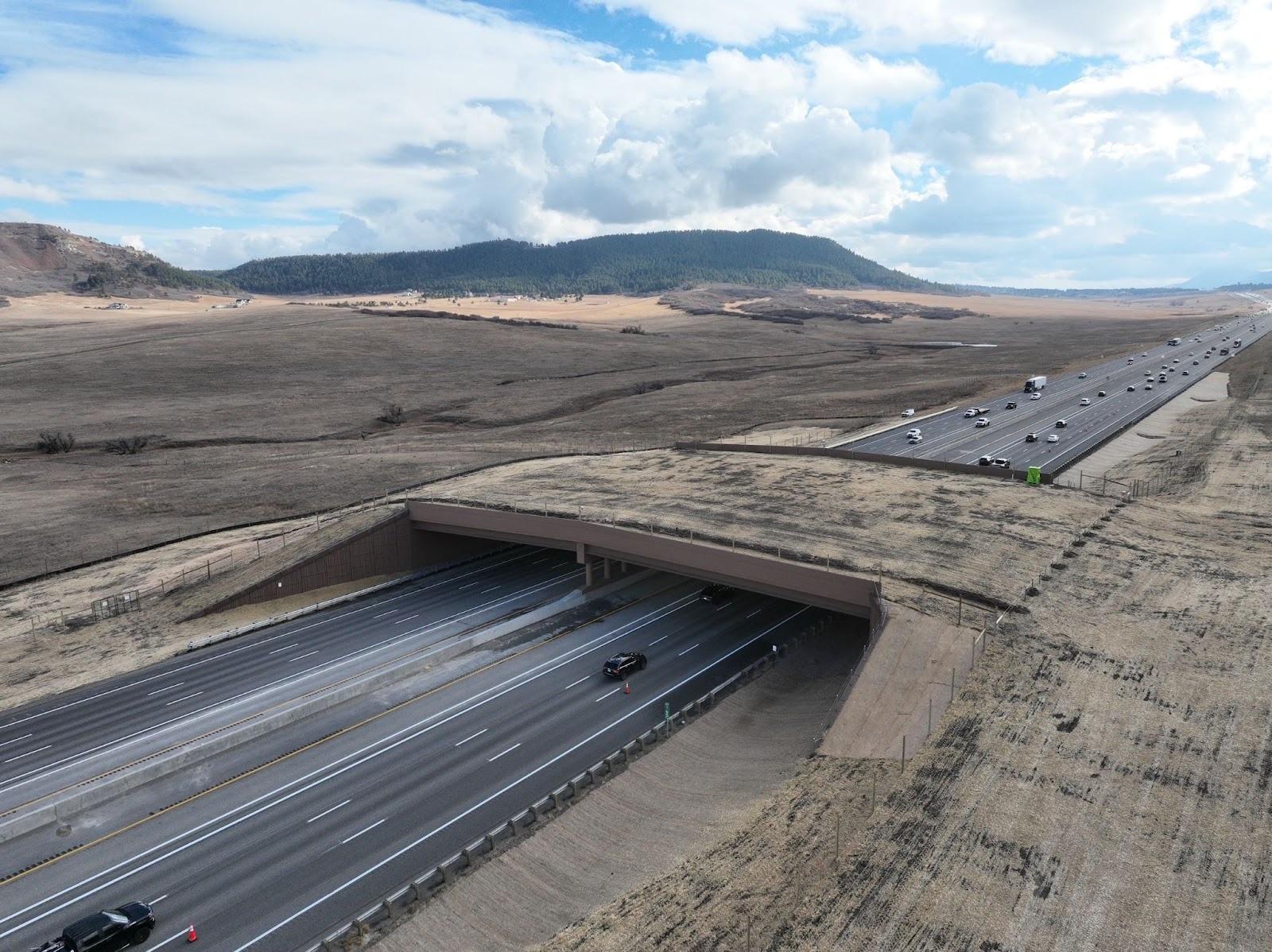
Colorado is starting an experiment that could eventually deliver billions of dollars of loans to build income-restricted housing to ease the state’s housing crunch — but it comes with significant concerns after a similar effort in California delivered mixed results.
Known as the Middle Income Housing Authority, the new office aims to build housing in the “missing middle” that is not addressed by traditional affordable housing programs.
“It treats that middle income housing like the infrastructure that it is — like roads and bridges,” said Sen. Jeff Bridges, the Democrat who helped create the new program this year.
MIHA will begin as a temporary pilot program that could deliver up to about 3,500 housing units over several years. It has only $1 million in government funding — a tiny amount in the housing world — but would use an unusual blend of private investment and government management to multiply that money.
The program targets a group of people who normally don’t benefit from housing programs — those making close to the median income. In Denver, for example, it would serve households between about $80,000 and $126,000 for a family of four.
The developments created by the program are supposed to offer a discount of at least 10 percent compared to the market rate.
How the new program works
Projects could be proposed by a range of partners, including nonprofits, for-profit developers, other housing authorities, and cities.
“[The companies] will say, ‘Here's how we want to build this.’ The Middle Income Housing Authority … will then be the partner on the financing side,” Bridges said.
Bridges has been working on the proposal for a year, he said, but its introduction late in the 2022 session caught some experts by surprise. A letter from a group of housing advocates outlined several “grave” concerns about the overall design of the new authority.
“The proposal lacks the monitoring and compliance necessary to ensure long-term affordability,” read an early May letter from the Community Investment Alliance, a housing and homelessness nonprofit. The group said more public vetting and oversight of the program was needed.
One of the critics’ biggest concerns is how the projects will be paid for. The authority will take out tens of millions of dollars in municipal bonds, which are a form of debt, to finance new developments.
Private investors will buy those bonds, providing cash to buy or build housing. Then, over several decades, the authority will have to repay those outside investors using revenue from the buildings. Basically, the rent paid by residents will be used to cover the debt.
The bond financing will likely be arranged by private financiers, who have collected millions of dollars in fees on similar projects in other states. The authority also will pay private companies to build, run and maintain the projects.
Supporters say it’s a win-win. If the deals work out, the buildings will ultimately be publicly owned — without requiring lots of upfront public investment.
Funding seen as ‘risky’ by some
Critics warn that this is an unusual model with unpredictable outcomes.
“It’s disjointed,” said Kimball Crangle, an expert in affordable housing and market president for the developer Gorman & Co. “This isn’t the way real estate finance works currently in Colorado.”
This approach has delivered mixed results in California, where it first emerged on a large scale. About $5 billion of bonds have been used to buy some 9,000 apartments there in the last few years, according to an analysis by a coalition of finance and housing experts.
In some cases, the financial plans for the projects simply weren’t realistic. Some of the California buildings have struggled to make their debt payments while offering lower rent, according to an investigation by Forbes last year. In some cases, those projects have been designed around overly optimistic projections about future economic growth, the analysts said.
“There is an extensive history of financial problems and defaults on projects which take greater risks, and which have no financial cushion to deal with downturns, recessions, inflation in operating expenses, and needs for major repairs,” the California analysis stated, noting that the assumptions behind some of those 30-year deals have fallen apart within mere months, forcing additional debt issuances.
If one of the Colorado projects fails to generate enough income to make its payments and pay for maintenance, the authority could be forced to raise rents or even sell the property.
“When we’re talking about people’s homes and public dollars, it seems risky,” Crangle said.
The Colorado authority will try to head off some of the problems California has experienced. For example, the law requires more conservative planning for projects, rather than allowing developers to assume ongoing growth in rents.
The Colorado proposal also sets more ambitious targets for affordability. It says tenants shouldn’t be paying more than 30 percent of their income for rent. In California, many projects are targeting 35 percent, which some experts say is too costly to renters.
The supporters are also aware of another concern: MIHA-owned buildings will be exempt from taxes. That helps keep project costs down, but it also means that local school districts, cities and other entities won’t be able to collect millions of dollars in future property taxes from those buildings.
In California, Forbes found that the amount lost in tax revenues was sometimes greater than the total saved by renters. In one project, tax revenues were reduced by $3 million per year, but renters only got a collective discount of $1.7 million, Forbes reported.
Democratic Sen. Dominick Moreno said the Colorado program was designed with the lessons of California in mind.
“This is very narrowly crafted, narrowly tailored, to make sure that we … can avoid some of the pitfalls and challenges that California has experienced,” he said. “And if further statutory clarification is necessary to make sure that (similar problems) don’t develop here in Colorado, I think that's something that we would absolutely entertain.”
Supporters addressed some concerns late in the session
In response to some concerns, lawmakers made some 30 amendments while passing the bill. The biggest included cutting its initial funding from $6 million down to $1 million. That money will be used to pay staff and set up the new authority, which will then use debt to pay for projects.
The Middle Income Housing Authority is still in the earliest stages of its rollout. It likely won’t accept project proposals until next year. But developers are already working on concepts.
The goal is to “make sure that it has the financial ability to perform, but it also hits the mark squarely with being affordable,” said Haroun Cowans, a developer based in Denver’s Five Points neighborhood.
His newly formed company, Goshen Development, is working on projects in Denver and beyond, in collaboration with a national commercial development group, Continuum Partners. The companies also helped to shape the new legislation by providing advice and feedback to the lawmakers.
“Through this newly formed housing authority, our two firms’ hope is to bring a series of new middle income housing development projects to the residents of Colorado communities who have been unfairly victimized by this aberrant market,” the companies said in a statement.
Cowans couldn’t yet say exactly how affordable the eventual projects might be, or how much profit the developers might make. Overall, the MIHA projects are meant for people making between 80 percent and 120 percent of an area’s median income, although that could go up to 140 percent in resort areas.
The authority will be governed by a board of directors appointed by the governor, and it will begin meeting this year. It must begin accepting applications by April 1, and it will choose the first round of projects by next July.
The vast majority of the program’s funding will be targeted for new development, but it could also be used to buy and rehab existing buildings.
The program is run by the state, but local governments will be allowed to reject any proposals in their area.









